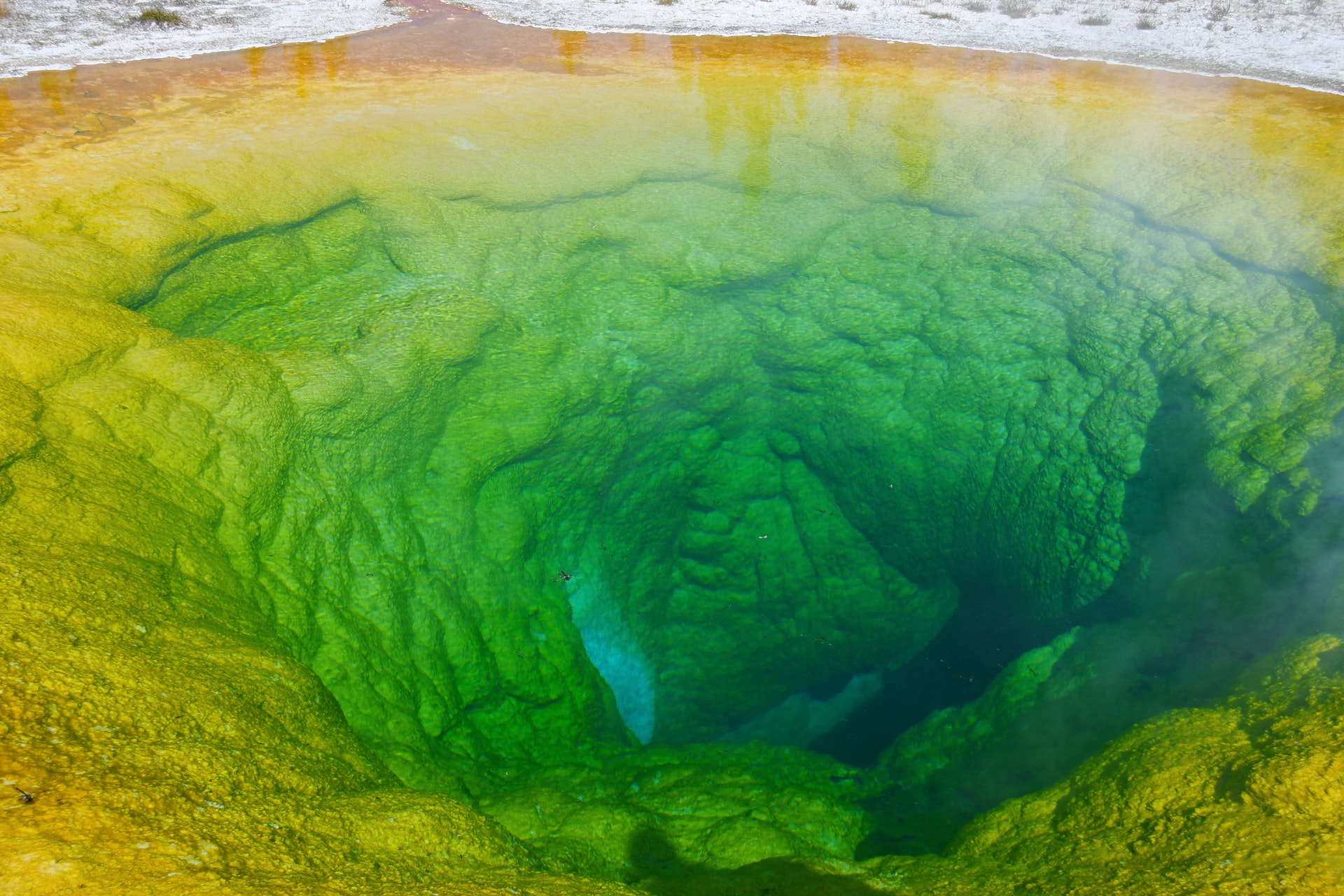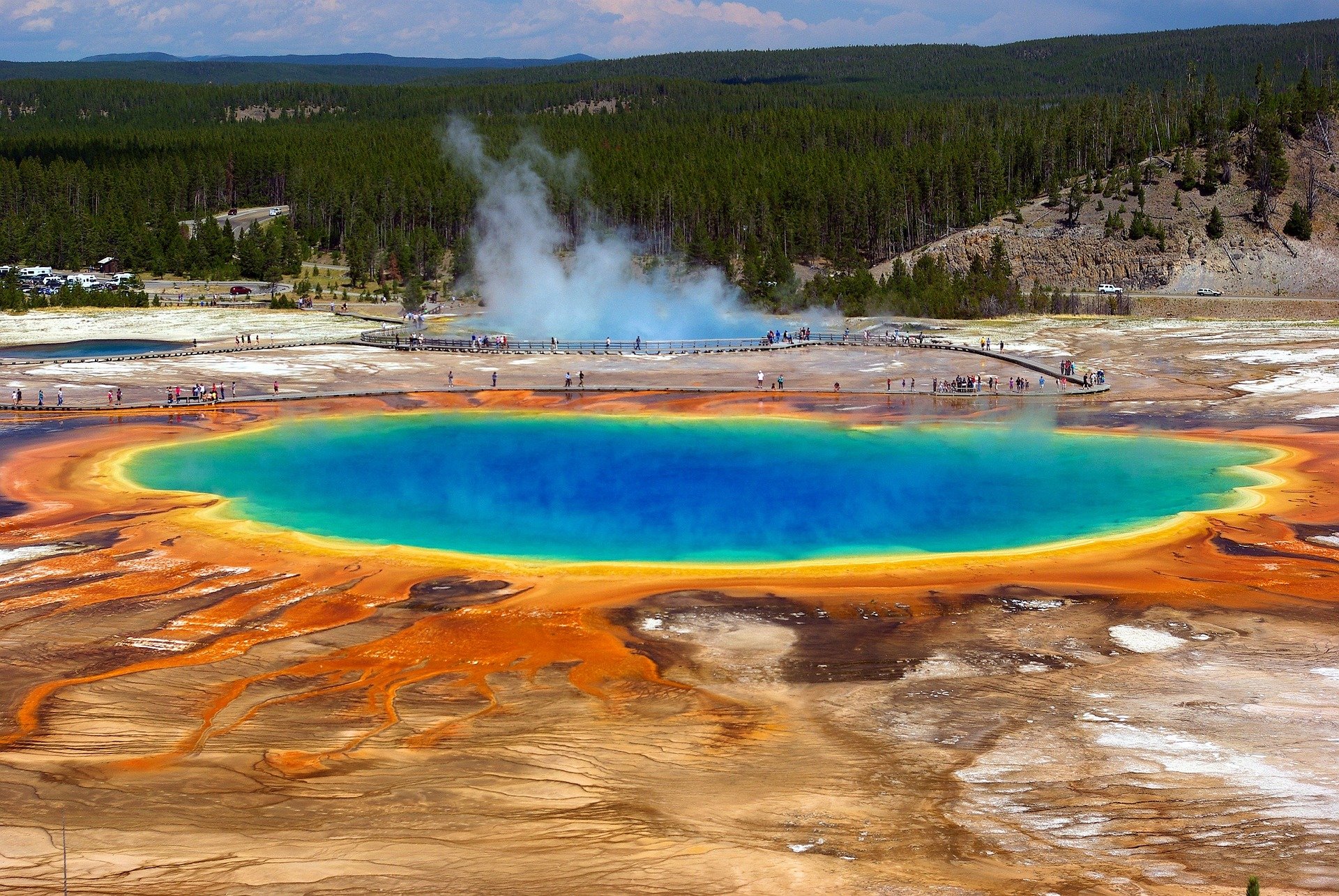You must have already come across an image of this giant: the Yellowstone supervolcano located in Yellowstone National Park in Wyoming, USA. It has a different appearance from the traditional high volcano that occupies our imagination – a large and beautiful crater in shades of blue, green and yellow. Now scientists have discovered that there is much more magma inside than previously thought.
The new study by an international team adds important details to previous models that can be used to adjust predictions of the next big eruption, as well as confirming how much magma the Yellowstone supervolcano contains and how it is distributed.
The focus of the research was liquid magma, which is often used to predict eruptions. To do this, the team used a newly developed tomographic imaging technique and analyzed seismic wave recordings made between 2000 and 2018.
Based on how the measured wave velocity varies at different depths, the researchers estimated that the liquid magma reservoir below Yellowstone Park has a partial melt fraction of between 16% and 20% compared to previous models estimated at around 10%.
But the discovery isn’t as scary as it sounds: previous estimates say it takes between 35% and 50% of the melt to trigger an explosion – although there are a few other factors that make the event difficult to predict.
But the research showed that the extra content didn’t make an imminent explosion more likely. In the article, the researchers state that the existence of an exploding object has not been confirmed and the content “does not imply a future explosion.”
Located in Yellowstone
The slower velocities detected in the study three to eight kilometers below the surface indicate that the molten liquid is more concentrated in the shallow depths of the crater.
“The rate of melt we predicted is significantly less than would be expected if much of the Yellowstone Reservoir was in the eruption phase of its life cycle,” the researchers explained. But they also warned that “the presence of small volumes of concentrated silicic melt subsets cannot be ruled out”.
In other words: the melt-rich region is the “leading indicator” of the eruption cycle, but it is only part of the picture.
Yellowstone eruptions
 Siegfried Poepperl/Pexels.
Siegfried Poepperl/Pexels. There have been three devastating eruptions in Yellowstone in the last 2.1 million years. The area is constantly observed by the United States Geological Survey and the Yellowstone Volcano Observatory. The researchers pointed out that a stress event will likely be accompanied by processes that will be evident during monitoring.
Source: Tec Mundo
I am Bret Jackson, a professional journalist and author for Gadget Onus, where I specialize in writing about the gaming industry. With over 6 years of experience in my field, I have built up an extensive portfolio that ranges from reviews to interviews with top figures within the industry. My work has been featured on various news sites, providing readers with insightful analysis regarding the current state of gaming culture.












